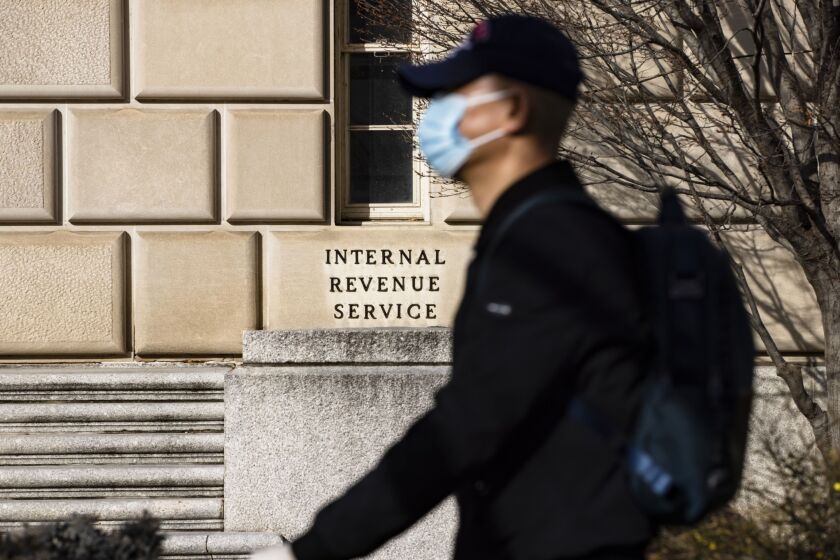Even before the coronavirus pandemic, it was becoming clear that the work of the past decade to establish the Single Euro Payment Area was paying off with real-time payments networks and opening possibilities for another European payments scheme.
With coronavirus spreading throughout Europe, systems within the SEPA model have moved to the forefront of payments as vital options. At the same time, SEPA schemes still under development show more promise, given the hardships of the global health crisis and what the service would offer.
When the SEPA initiative rolled out in 2008 and became operational in all eurozones in 2014, it became the focus of less expensive cross-border payments across Europe. SEPA was not aiming to replace incumbent payment schemes.
However, rollouts of the SEPA Instant Credit Transfer in 2017 marked the beginning of a real-time, cross-border payments system that could process account-based payments domestically and interact with local schemes throughout Europe.

In the grip of coronavirus, that type of payment system has proved vital.
"Liquidity and working capital become extremely important for small businesses," said Ron van Wezel, senior analyst with Aite Group based in the Netherlands. "That means instant payments through the SEPA scheme will become more popular as businesses can delay payment to the last minute."
It's unclear whether this faster payments network will ultimately be looked upon as a lifesaver during the pandemic. An instant credit transfer scheme alone can't get businesses up and running or convince companies to resume spending as usual. But it certainly provides an option for instant digital payments during a time when the use cases and needs are multiplying.
As a confirmation of its importance for global payments, JPMorgan Chase joined the SEPA Instant Credit scheme a year ago as the first U.S. bank to do so. The bank was seeking a real-time payments option to offer those capabilities in U.S. dollars, U.K. pounds and euros.
The Internal Revenue Service will allow businesses that got their Paycheck Protection Program loans forgiven to write off expenses paid for with that money, shifting policy after Congress passed new legislation last month.
The Internal Revenue Service and the Treasury Department released guidance on claiming deductions for expenses associated with Paycheck Protection Program loans that have been forgiven.
The Internal Revenue Service is once again depositing the latest round of Economic Impact Payments in the wrong bank accounts in a replay of problems experienced last year by many taxpayers.
The SEPA scheme is managed through the European Payments Council, which sets rules and standards for processing euro payments in the European Union.
A new SEPA Request-to-Pay scheme is under development, and would be a strong fit for the current spending environment.
"Online payments will take share from the POS in the long run, as people will have adjusted to ordering and paying online" because of coronavirus, van Wezel said. "This will give even more focus on alternative payment methods to reduce risk and cost, so the new SEPA scheme looks promising."
Request-to-Pay creates a foundation on which an overall real-time payments scheme throughout SEPA countries would unfold, establishing interoperability with various payment models and providers. Most important, it would eventually be compatible with the SEPA Instant Credit Transfer scheme.
Currently, SEPA payments schemes include direct debit, credit transfer and instant credit transfer. A SEPA scheme for cards, with its own rules, has not been fully established, though acquirers are awaiting a scheme that would help them avoid dealing with different standards, local rules and fees within each country.
One area of SEPA payment models that might lose some popularity in the wake of coronavirus is SEPA direct debit, van Wezel said. "Companies may change their collection methods to reduce risk, and direct debit may become less popular," he added, referring to the difficulty in dealing with fraudulent transactions through a debit network.
Regardless of where SEPA schemes take hold or lose favor, consumers' payment habits are changing in Europe because of coronavirus, and that will weigh heavily on future development of payment models, said Gareth Lodge, a London-based industry analyst with Celent.
"There has been advice in many countries to move to contactless payments, and away from cash, and many have raised their daily limits to make it easier to pay for goods," Lodge said. "At the same time, because of lockdowns, I imagine that more people will be using e-commerce to buy things. The longer the restrictions are in place, logically, the more likely consumers are to continue to use those payment types afterwards as new habits begin to form."
These habits are impacting ATM usage, which was falling before the coronavirus crisis and is plummeting even more during the last few weeks, Lodge added.
On a positive note for SEPA and the banking community, there is a measure of resilience that is coming into play, Lodge said. "We've heard many anecdotal stories from banks stepping in to help each other out, to teams having to relocate across buildings so entire teams aren't impacted should someone need to isolate."
The banks in Europe have planned for emergency scenarios in the past, and the process is now paying off in dealing with coronavirus.
"Indeed, the U.K. did a test in 2006 about what would happen in a bird flu epidemic," Lodge said. "One can only wonder what might have happened if we hadn't done that. I was part of that exercise and, while in simulation, it was jolly scary as it dawned on us what could happen and how quickly."
Before coronavirus, SEPA planners envisioned the need for more digital payment rails and connections to complement other networks throughout Europe. In the aftermath of the crisis, regulators are likely to further emphasize the need to create a single, digital market as the ultimate goal.





